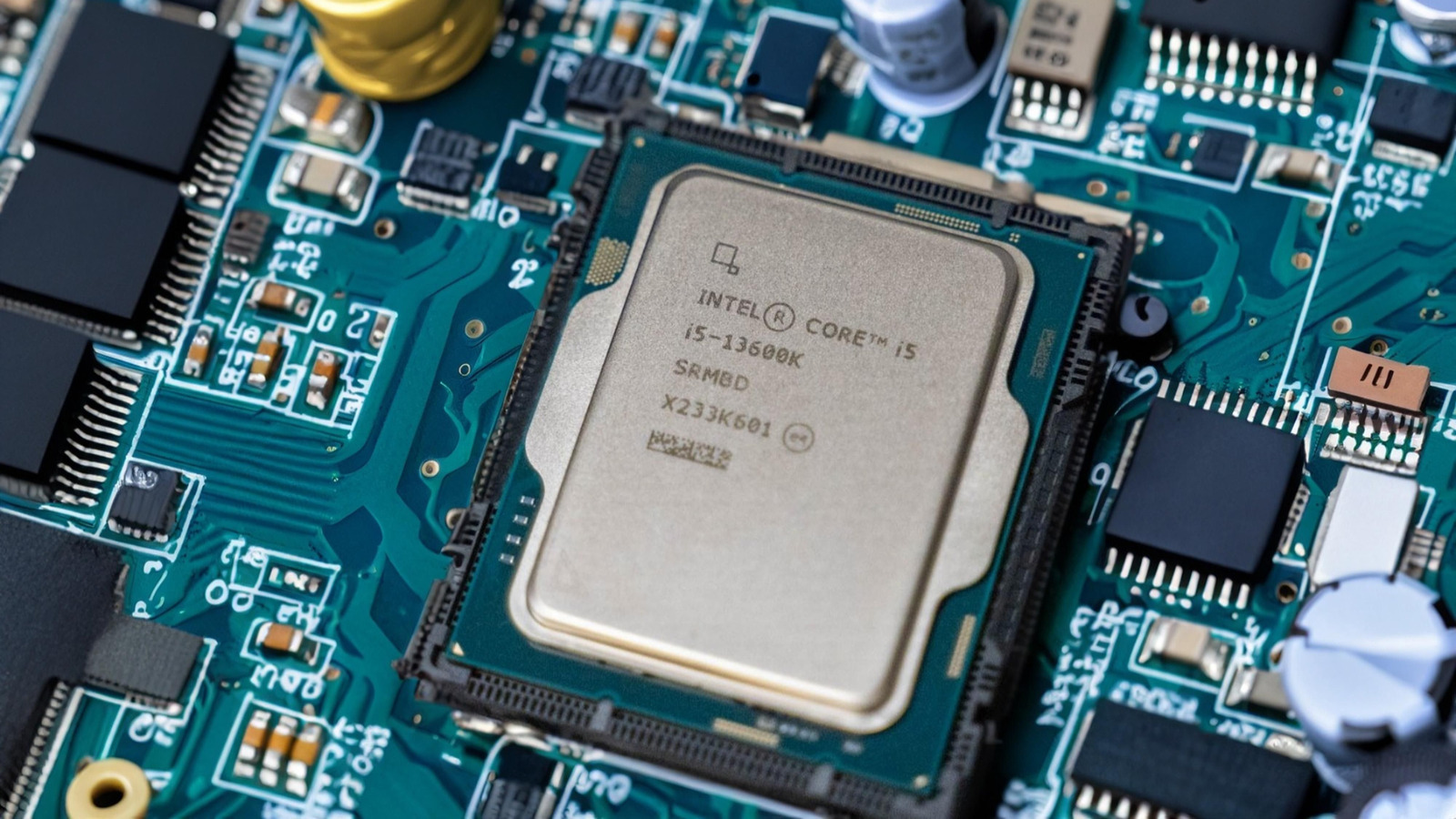
AMD’s had a bumpy road, but the last decade or so has been a wonderful time for the so-called Team Red. AMD managed to break through Intel’s near-complete domination and carve out a niche for itself, and as it started releasing successful processors in the Ryzen range, it slowly became the go-to for many. AMD CPUs are typically cheaper than their Intel counterparts and have now long been a staple for budget-conscious PC gamers, but the price tag isn’t the only thing that’s solid about them.
AMD’s current generation of processors offers excellent future-proofing. According to most reports, Intel will soon be switching to a new chipset while AMD’s AM5 platform ensures that you’ll be able to upgrade your processor a couple of times before needing to invest the money in a new motherboard (and, alongside that, possibly a new case, cooler, power supply, and who knows what else).
Apart from the longevity, the architecture of AMD chips is advantageous for gamers, and this especially applies to the X3D chips that come equipped with AMD’s proprietary 3D V-Cache. This is a technology that involves stacking an additional layer of L3 cache directly on top of the processor’s core. If that’s too much tech-babble for you, the bottom line is that these CPUs have access to tech that can drastically improve their performance, especially in gaming settings.
If you’re not much of a gamer, AMD also makes an interesting alternative to a CPU with built-in graphics: Accelerated Processing Units (APU). It’s a type of processor that combines a CPU and a GPU in a single chip, offering graphics performance that can rival some discrete graphics cards.










